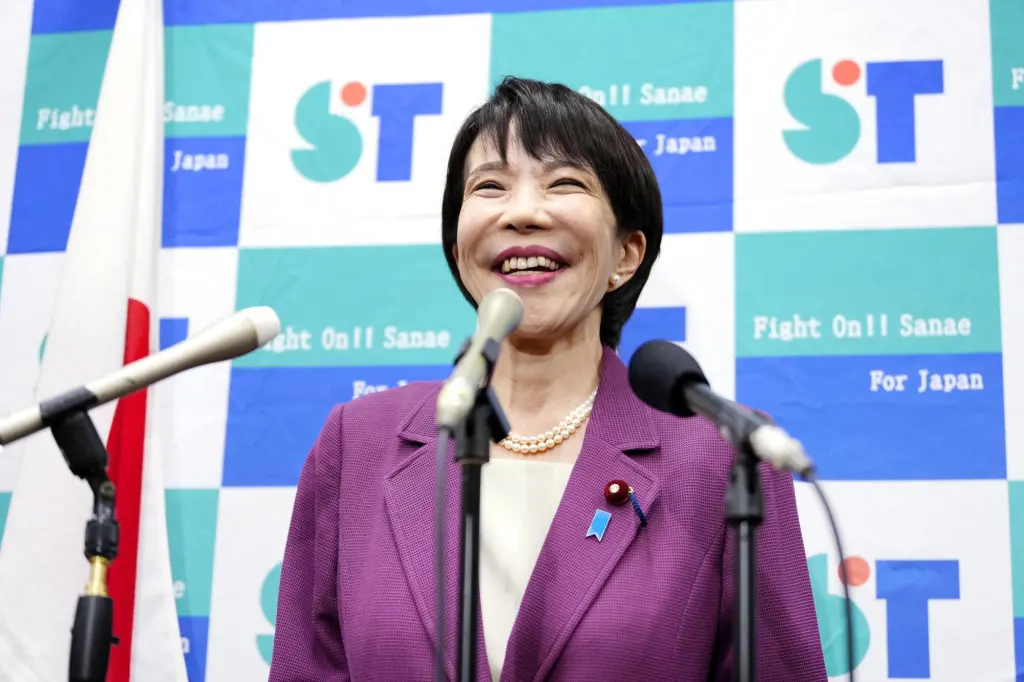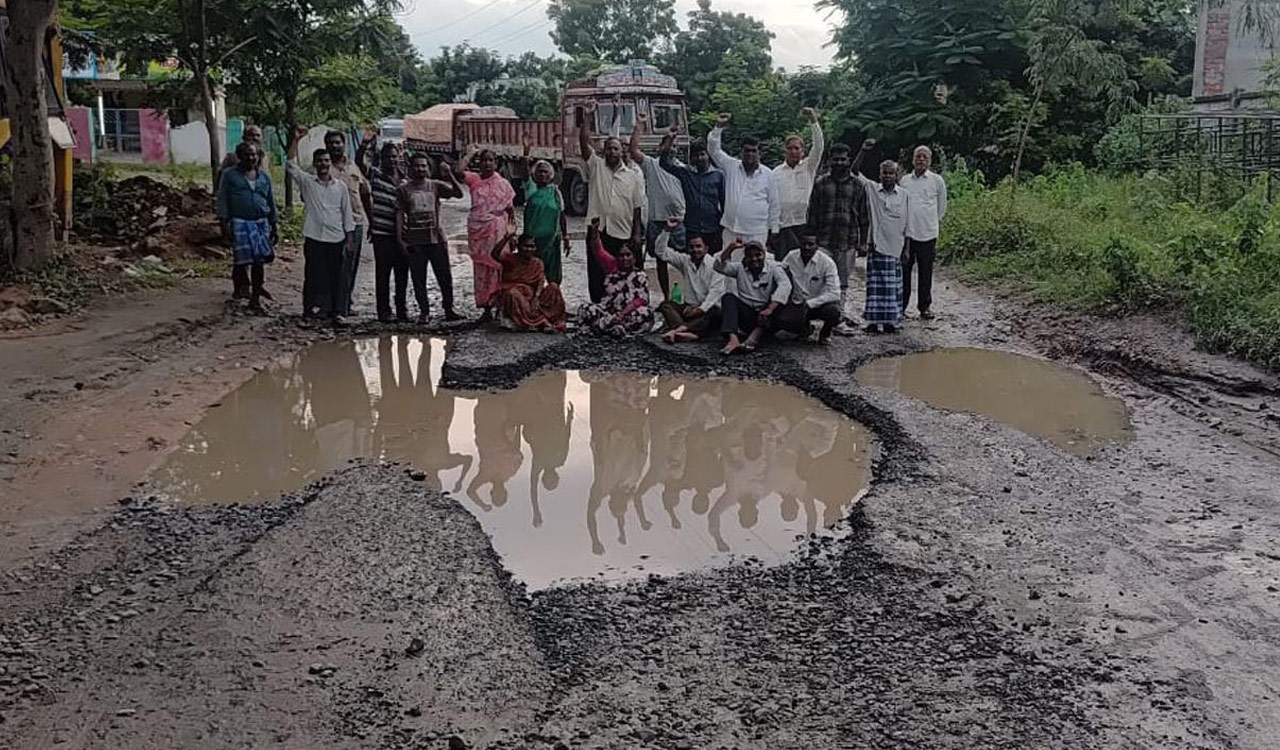
NEW YORK – America’s retreat from multilateralism, which President Donald Trump proudly emphasized in his speech this week to the United Nations General Assembly, and which is most clearly demonstrated by his administration’s dismantling of the United States Agency for International Development (USAID), has upended the institutions and norms that underpin the UN. Indeed, the viability of the UN Sustainable Development Goals (SDGs) is now in doubt, and calls to fill the gaps, particularly in funding, are growing more urgent.
But as my co-authors and I argued in a recent article, the focus should be on building a new multilateralism, not restoring the old system. The time has come to depend on a more diverse group of actors, rather than just rich countries and international organizations, and to build interest-based coalitions tasked with developing innovative solutions to structural barriers.
Out with the Old
The old multilateralism did not deliver well on the SDGs. Concerns had been raised even before the COVID-19 pandemic, numerous wars, and the fracturing of the world order undermined development efforts. In 2019, the first independent assessment of the Sustainable Development Agenda, conducted by a group of UN-appointed scientists, concluded that achieving its 17 goals and 169 targets required a new development model. In 2022, a comprehensive study found little evidence of governments and international organizations making institutional or policy changes in response to the SDGs. The promised private-sector investments did not materialize, leaving a $4 trillion annual financing gap. Tangible progress toward achieving the goals was slow and mixed; only one-third of the targets are on track to be met by 2030, while progress on nearly one-fifth has been reversed.
UN Secretary-General António Guterres has called for a “rescue plan” for the SDGs that goes beyond closing the financing gap, and emphasizes reforms to the multilateral structures that underpin global governance of trade, finance, technology, development aid, public health, and climate policy. According to his recent UN policy brief, the global financial architecture is “entirely unfit for purpose in a world characterized by unrelenting climate change, increasing systemic risks, extreme inequality, entrenched gender bias, highly integrated financial markets vulnerable to cross-border contagion, and dramatic demographic, technological, economic, and geopolitical changes.”
The inequities and gaps baked into the multilateral system have created barriers to mobilizing resources and accessing technology, particularly for low- and middle-income countries (LMICs). The lack of adequate mechanisms for debt resolution and relief, coupled with higher borrowing costs, has reduced many LMICs’ fiscal space to the point that they are unable to invest adequately in the SDG agenda. The serious gaps in multilateral frameworks for governing refugees and migration, tax avoidance, and illicit financial flows, and the under-provision of essential public goods such as the COVID-19 vaccine and green technologies, have exacerbated their vulnerabilities.
These problems stem from the norms and practices established by powerful stakeholders, from advanced economies to financial and corporate interests. For example, loans from the International Monetary Fund and multilateral development banks are often contingent on austerity measures. And during the pandemic, the restrictive interpretation of the “flexibilities” under the Agreement on Trade-Related Aspects of Intellectual Property Rights (TRIPS) prioritized intellectual-property rights over LMICs’ timely access to COVID-19 vaccines. The concentration of power in certain countries and companies effectively excludes LMICs from decision-making at the international level.
The current multilateral system is out of sync with the vision and strategy set out in the SDGs. In fact, the system established by the United States and its allies after World War II, when colonialism was still a political reality, was never designed to be democratic or to deliver equitable governance. These institutions of the “liberal world order” sought peace, prosperity, human rights, and development, but did not consider the environment or inequalities within and between countries. True, the world order has evolved – just not in a way that benefits sustainable development. As Richard Kozul-Wright and Kevin P. Gallagher explain, it now resembles a form of privatized multilateralism that mainly serves the interests of multinational corporations, economic elites, and established powers in the Global North.
Strategic Reforms, Less Dysfunction
The odds of reforming the multilateral system remain slim amid rising geopolitical tensions and growing populist sentiment in advanced economies. But that does not mean giving up on the Sustainable Development Agenda and international cooperation. As planetary boundaries are breached and socioeconomic inequalities deepen, pursuing both continues to be essential, even if doing so has become more difficult.
The realistic path to a new multilateralism would be to rely on creative coalitions of multiple actors to achieve strategic reforms in global rules and institutions, and to introduce innovations that use the existing infrastructure in a way that overcomes its dysfunctions.
The recent progress in developing a UN framework convention on international tax cooperation shows the potential for targeted reforms by mobilizing an issue-based coalition of governments. Intended to strengthen international cooperation on addressing tax evasion and avoidance, the convention also aims for an effective and inclusive framework that reflects the priorities of the Global South, which have long been neglected by the existing systems. With the Africa group leading the negotiations, this initiative shows the growing role of Global South countries as multilateral norm-makers. It also demonstrates the effectiveness of forging alliances with civil-society organizations, academics, and media outlets, which have provided critical analyses and campaigned to raise awareness of the public revenue lost to tax avoidance and evasion.
Dysfunctions in the current architecture can also be addressed by creative innovations that work around existing constraints. One example is Unitaid. Founded in 2006 by Brazil, Chile, France, Norway, and the United Kingdom, this issue-based coalition is dedicated to expanding access to the latest medical breakthroughs. It is governed by an independent board, but, as a hosted partnership of the World Health Organization, it leverages the existing multilateral infrastructure.
Unitaid’s most successful initiative is the Medicines Patent Pool, which allows manufacturers of generic pharmaceuticals to produce and sell certain patented medicines at lower prices in LMICs. The scheme complies with TRIPS requirements while overcoming patent barriers by negotiating voluntary licenses to allow competition that lowers market prices. If replicated with other technologies, it could be a game-changer for expanding access to cutting-edge medical treatments, and may even accelerate medical research by lowering investment costs. The model could also be expanded to other sectors – such as green tech and agriculture – where the application of key technologies is blocked by high prices set under patent protection.
Another important innovation is Unitaid’s financing model. Much of the money that countries have donated comes from a solidarity levy – typically amounting to a few dollars – on airline tickets. This tax, largely paid by the well-off, can generate massive financial resources, but is small enough not to interfere with market pricing.
Unitaid is currently the only major international organization benefiting from this innovative financing mechanism. But it is more common at the national level: 43 African countries have imposed solidarity levies on tobacco products – and a smaller number on alcohol and airline tickets – with some of the proceeds being allocated to public health. Given that most countries are confronting budgetary constraints, this model holds immense potential for governments committed to the SDGs to generate resources for LMICs and to fund public goods – such as vaccines – that benefit everyone.
The Importance of Diverse Actors
While Unitaid exemplifies how interest-based alliances can circumvent the structural barriers built into the multilateral system, other initiatives further illustrate the role that diverse actors can play in developing innovative solutions and employing underused international agreements.
The non-profit Tiflolibros, for example, is an association that runs a digital library for visually impaired people. It was started by a group of visually impaired people in Buenos Aires in 1999 and now operates in 48 countries. The expansion of its operation was greatly facilitated by the adoption of the World Intellectual Property Organization’s 2013 Marrakesh Treaty to Facilitate Access to Published Works for Persons Who Are Blind, Visually Impaired, or Otherwise Print Disabled. This treaty exempts material for this vulnerable population from certain copyrighted protections. The agreement dramatically lowered the costs of acquiring, translating, and distributing books and publications. Moreover, the treaty itself – including its conceptualization, development, and negotiation – is a product of alliances among civil society, academia, governments, and private business.
Municipalities can also innovate new approaches to implementing multilateral norms. The former mayor of Bogotá, Claudia López Hernández, established the CARE System, which uses a radical “ease-of-access” model to cater to the needs of female caregivers. This city-level effort to promote social sustainability and gender equality aligns with SDG 5.4, which calls for recognizing and redistributing unpaid care and domestic work. The biggest change has been reorganizing how the city operates to create CARE Blocks, areas where caregivers and recipients can more easily access municipal services. To promote care work as a shared responsibility, the CARE School for Men provides training in how to manage household chores.
A wide range of stakeholders has joined this effort. The CARE Alliance brings together private-sector actors with NGOs, academics, and civil-society organizations to collaborate on raising awareness about the importance of care work. Many national and international philanthropies have provided financing and support to the initiative. With the International Labor Organization adopting a resolution on decent work and the care economy in 2024, momentum is building behind similar initiatives in other cities.
Perhaps the greatest strength of the UN Sustainable Development Agenda has been its ability to raise awareness, foster solidarity, and mobilize support for an egalitarian future. As a result, national governments and international organizations are no longer the only, or even the primary, driving force behind multilateralism. Civil-society groups, municipalities, and private-sector actors are devising solutions that address structural deficits and barriers, and are coming together to shift norms and make institutions work for them. To forge a new multilateralism for sustainable development, these efforts must be identified, promoted, and expanded.



